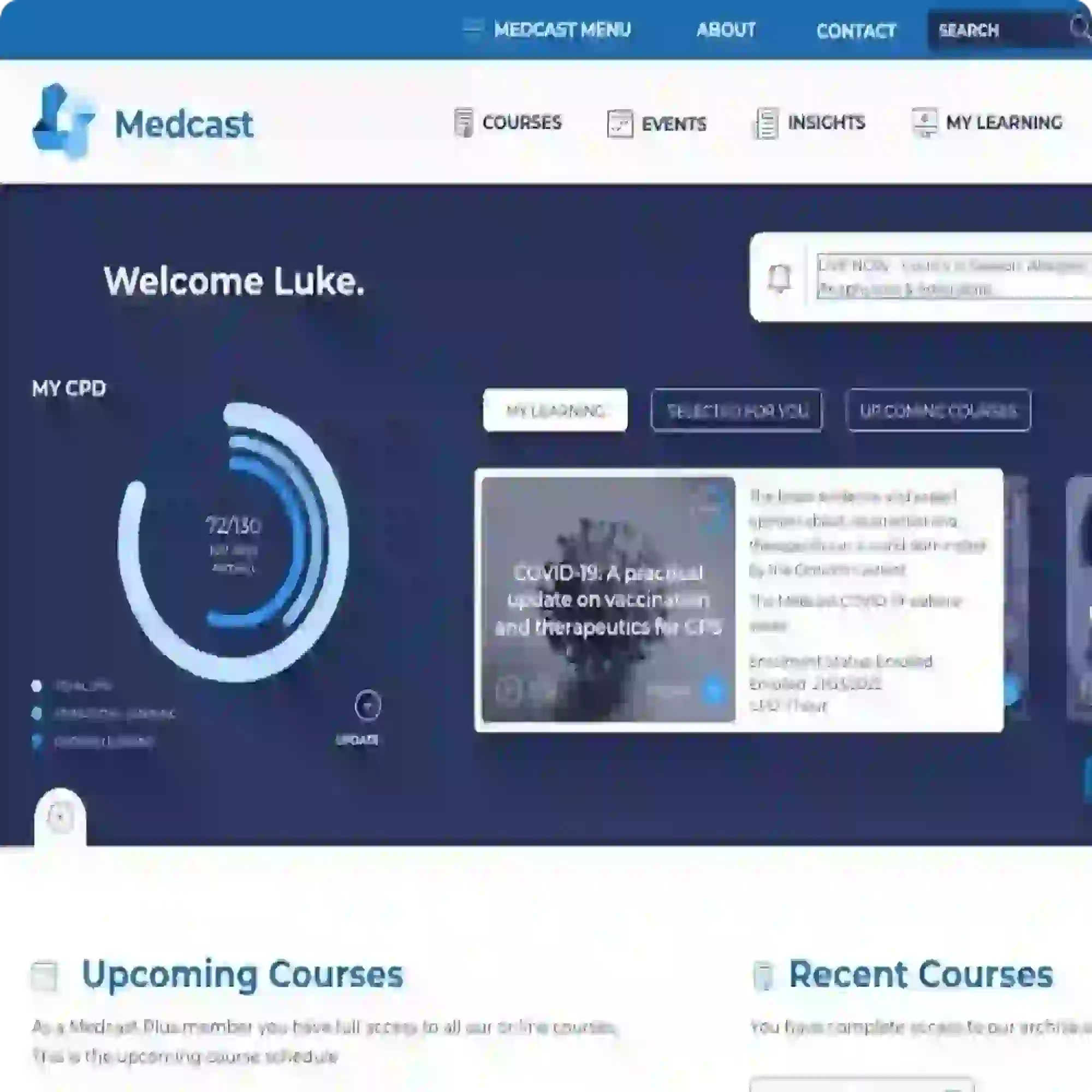Osteoporosis in over 50s - clinical fact sheet and MCQ
Overview
Osteoporosis is a systemic skeletal disease defined by reduced bone mineral density (BMD) and microarchitectural deterioration, increasing the risk of fractures.1,2 It is a major public health issue, affecting millions of Australians over 50 years of age. The condition is largely asymptomatic until a fracture occurs, leading to underdiagnosis and undertreatment.1
Fractures related to osteoporosis, particularly hip and vertebral fractures, are associated with increased mortality and morbidity, loss of independence and quality of life. There is insufficient evidence to recommend population-based systematic screening with BMD measurement for reduction of osteoporotic fractures in Australia, and case-finding is recommended, including with the use of a fracture risk assessment tool, particularly the Fracture Risk Assessment Tool, FRAX®.
Assessing risk of osteoporosis
Lorem ipsum dolor sit amet, consectetur adipiscing elit. Maecenas eu odio in nibh placerat tempor ac vel mauris. Nunc efficitur sapien at nisl semper dapibus. Nullam tempor eros sed dui aliquam lacinia. Nunc feugiat facilisis ex.
Vestibulum ante ipsum primis in faucibus orci luctus et ultrices posuere cubilia curae; Maecenas mauris nibh, tempus sit amet erat vel, pellentesque maximus ipsum. Suspendisse dui nunc, porta ac ultricies id, sodales eu ante.
The Medcast medical education team is a group of highly experienced, practicing GPs, health professionals and medical writers.
Become a member and get unlimited access to 100s of hours of premium education.
Learn moreCo-billing and split billing are often a source of confusion for many GPs. This FastTrack clearly defines these two methods of billing, including examples, explanations of when it is and isn’t appropriate to co- or split bill, and common compliance pitfalls. 30 mins each RP and EA available with the quiz.
The Coordinated Veterans’ Care (CVC) Program is a DVA initiative that allows GPs to provide structured, proactive care in the community for eligible veterans and war widows. This FastTrack provides a guide to billing the CVC program, and outlines a strategy for its practice-wide integration.
Achilles tendinopathy is a common cause of posterior heel pain and functional impairment. GPs are well-placed to coordinate care for these patients. This FastTrack fact sheet provides a concise summary of diagnosis and non-surgical management, including when to refer. Earn 30mins each RP and EA CPD with the quiz.

